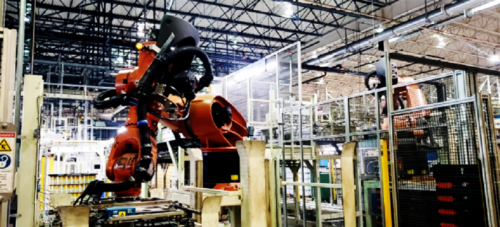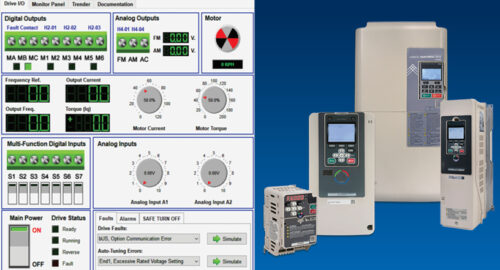Manufacturing output growth continues to slow
Industrial production growth has slowed in recent months -- further evidence that the overall U.S. economy didn't expand at nearly the rate in the second quarter of the year that it did during the first three months of 1998.
Industrial production growth has slowed in recent months — further evidence that the overall U.S. economy didn’t expand at nearly the rate in the second quarter of the year that it did during the first three months of 1998. During June, overall industrial production declined 0.6%, following a revised gain of 0.3% in May.
Ongoing strikes, which sharply curtailed the output of motor vehicles and parts, accounted for just about all of the June drop in industrial production. Industrial production specifically for the manufacturing sector also recorded a 0.6% decline from May to June. This was largely attributable to the 11% decline in production of motor vehicles and parts. However, there was weakness evident in other industries within the durable goods sector as well. Output was unchanged, in aggregate, for the nondurable goods subsector, with gains in chemicals and petroleum products being offset by declines in other industries including foods, apparel, and paper.
For the second quarter of this year, manufacturing production decelerated from a 2.3% rate of increase in the first quarter of 1998 to a 1.7% rate of output growth. Production gains for the first half of this year were well below the increases registered during the second half of 1997. Industrial production rose at a 6.1% seasonally adjusted annualized rate during the third quarter of last year, and by a whopping 8.1% rate during the October-December period.
The much more moderate growth rates achieved during the first six months of 1998 show that the Asian economic crisis, and its associated ramifications, are already having a discernible impact on the manufacturing sector of the U.S. economy. Orders growth has slowed, with total manufacturers orders declining by 1.6% between April and May.
Manufacturing employment has also moved somewhat slower during the past several months, registering a decline of 0.3% between March and June. Although June 1998 manufacturing employment was up 0.7% from the same month last year, this pales when compared to the 2.6% gain in total U.S. employment during the same 12-mo period. And total hours worked (the product of number of workers and the average workweek) have fallen from their peak of late 1997. Perhaps most significantly, given its value as a leading indicator of trends within the industrial sector, the NAPM composite index fell below the 50 level during June for the first time in 23 months.
Manufacturing output during June 1998 was 3.8% above its June 1997 level. Naturally, some industries fared better than others did. Sectors that saw production trends significantly trail the manufacturing average included: shoes (-9.3%), apparel (-3.3%), steel (+0.3%), paper (+0.4%), and instruments (+1.6%). Among the many industries for which output in June of this year was much higher than in June 1997 were: computers (+46.8%), electrical and electronic equipment (+13.2%), industrial machinery (+12.7%), and aircraft production (+9.1%).
Given the orders trend of the past several months, we’d expect to see overall manufacturing production growth stagnate, or perhaps decelerate a bit more, during the third quarter. However, there’s still no sign that the momentum of the electronics and business equipment sectors have slowed significantly, and we expect near-double-digit output growth to continue at least into the fall of this year.
Industrial production index
Annual change, %
May 1998 Actual 1997 1998* 1999*
Paper 113.2 4.6 1.3 2.3
Chemicals 118.2 4.4 2.1 2.9
Petroleum 113.7 2.8 2.9 3.3
Plastics 129.7 3.2 3.4 3.6
Stone/clay/glass 121.7 5.2 2 4.8
Metals 126.4 4.7 3.5 4.5
* Forecasts
Industrial Production Index: 1992=100, seasonally adjusted.
Source: Federal Reserve Board.
Do you have experience and expertise with the topics mentioned in this content? You should consider contributing to our CFE Media editorial team and getting the recognition you and your company deserve. Click here to start this process.





